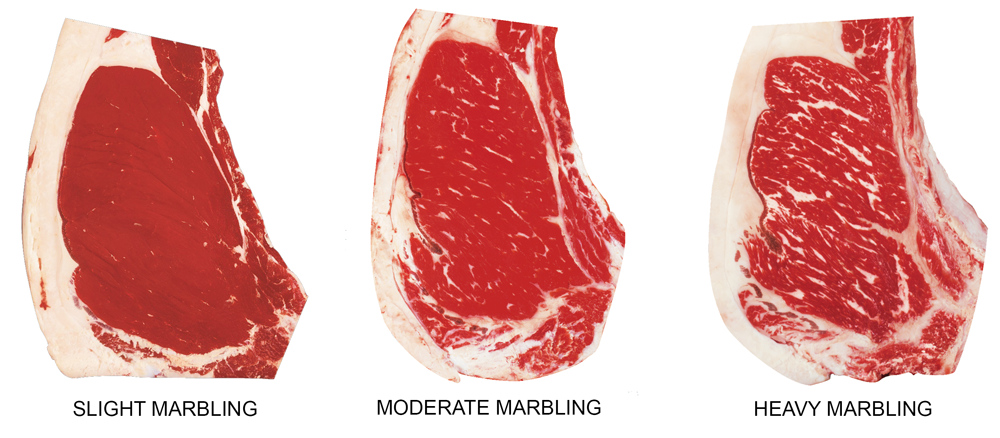Q: What's the difference between "select" beef and "choice" beef? Why are these labels sometimes on packages of meat, but sometimes not?
8 Comments
Q; Sometimes my meatloaf looks reddish pink inside, even when I go well beyond the recommended cooking time. Why won’t it cook all the way through? Is it safe to eat? A: It’s difficult to determine whether meat is fully cooked by only looking at the color. One reason is the effect of nitrates. Nitrates are used in some processed meats - like smoked or cooked sausage – to control the growth of dangerous bacteria. These same nitrates can bind to proteins in meat, preventing them from releasing oxygen molecules as they normally would during the cooking process. As a result, the proteins remain oxygenized and maintain a red or pink color even when the meat is fully cooked. For the same reasons, using root vegetables like onions or garlic in your meatloaf can cause it to maintain a pink color. Root vegetables are high in naturally occurring nitrates. Wait until your meatloaf is brown inside, and you may find it dry and overcooked. This same “uncooked” appearance can occur in whole muscle meats that are seasoned with fresh root vegetables. There are other factors that affect the color of cooked meats, including fat content, the presence of added ingredients, pigment and pH levels,,, even gas grilling! Regardless of the color, your meatloaf (and any other ground meats) will be safe to eat once the internal temperature reaches 160 ºF, the point at which any harmful bacteria that might be present will be destroyed. Using a meat thermometer will allow you to cook meats safely, and to perfection. Click here to see USDA’s recommended cooking temperatures for different meats. For more on the science behind the color of cooked meats, check out this report. If you have a question for our butchers, email us at [email protected]. Q: I saw something in the news the other week about organic meats having more nutritional benefits. Do you sell organic beef?
A: You probably saw a story about a recent UK-based study that found organic meats to be 50% higher than conventional meats in omega 3 fatty acids. Omega 3 provides many health benefits, providing protection against heart disease, arthritis, depression, asthma, ADHD, Alzheimer’s disease, and more. What gives organic meats their Omega 3 boost? An author of the study explained “It’s not something magical about organic. It’s about what the animals are being fed.” In other words, when organic beef is high in Omega 3, it’s because of the grass in the animals’ diet. You won’t often find much organic beef in stores; less than 1% of beef sold in the US is certified organic. Many farmers have steered away from organic due to concerns about the certification process, which they see as expensive and cumbersome. That process drives up the retail price. Locally we’ve seen organic beef selling at a $4 - $6 per pound premium over conventional beef. We do not currently offer organic beef because we don’t’ feel it provides the best value to our customers. For those seeking the nutritional benefits of omega 3 we recommend grass-fed beef. Studies have shown that it not only has up to 7 times the omega three of conventional beef, but is also higher in essential vitamins and lower in saturated fat. Grass fed beef is not subject to the same rigorous certification process as organic beef, and most of it is imported. Our grass fed beef comes from regional farms that have supplied us for years. Because we know and trust the farmers - and approve of their methods - we can offer high quality grass-fed product at a very competitive price... usually just 50 cents per pound more than our conventional beef. Click here for more information about our grass fed beef. |
Archives |
Ask Your Butcher
Answers to your meaty questions.

